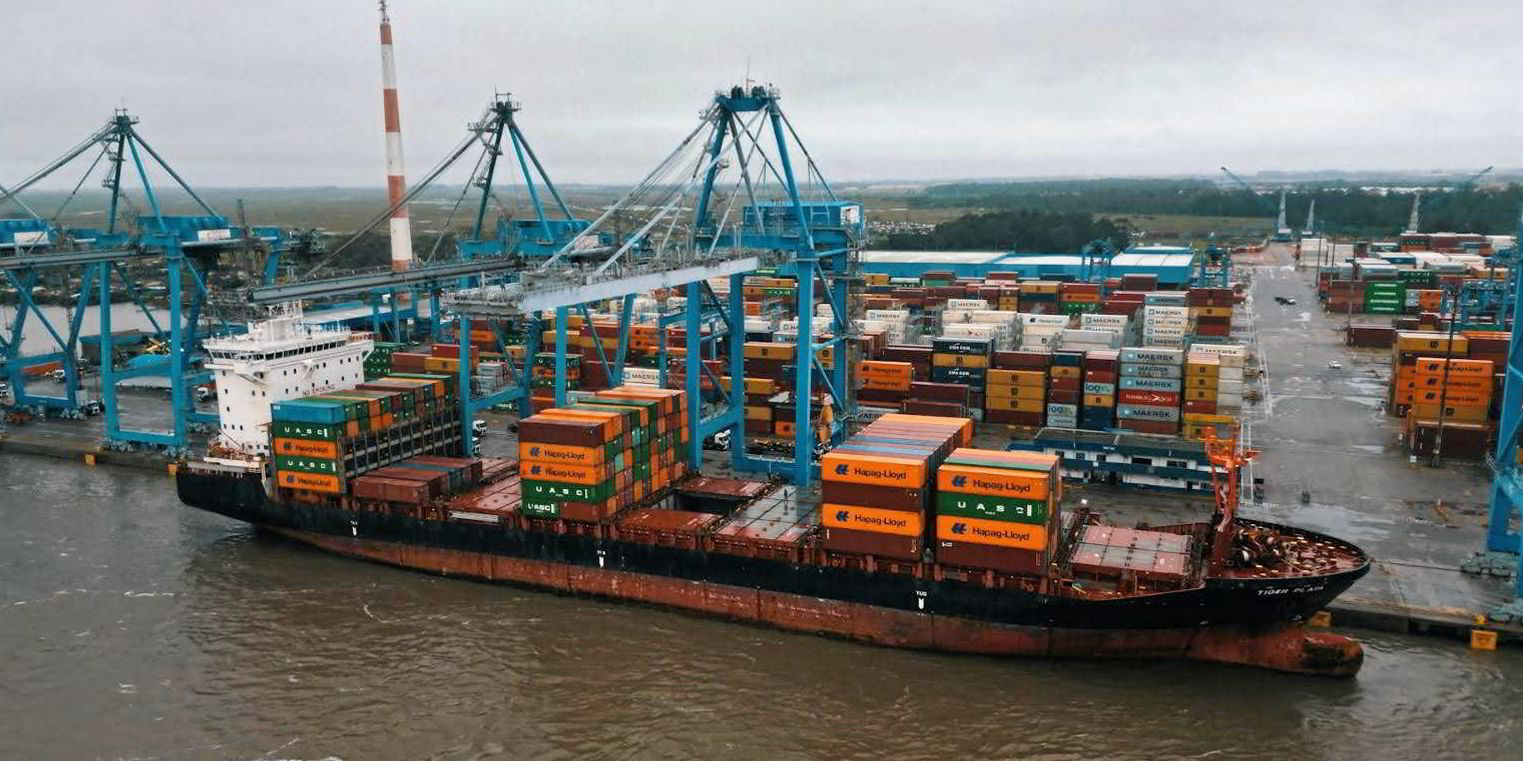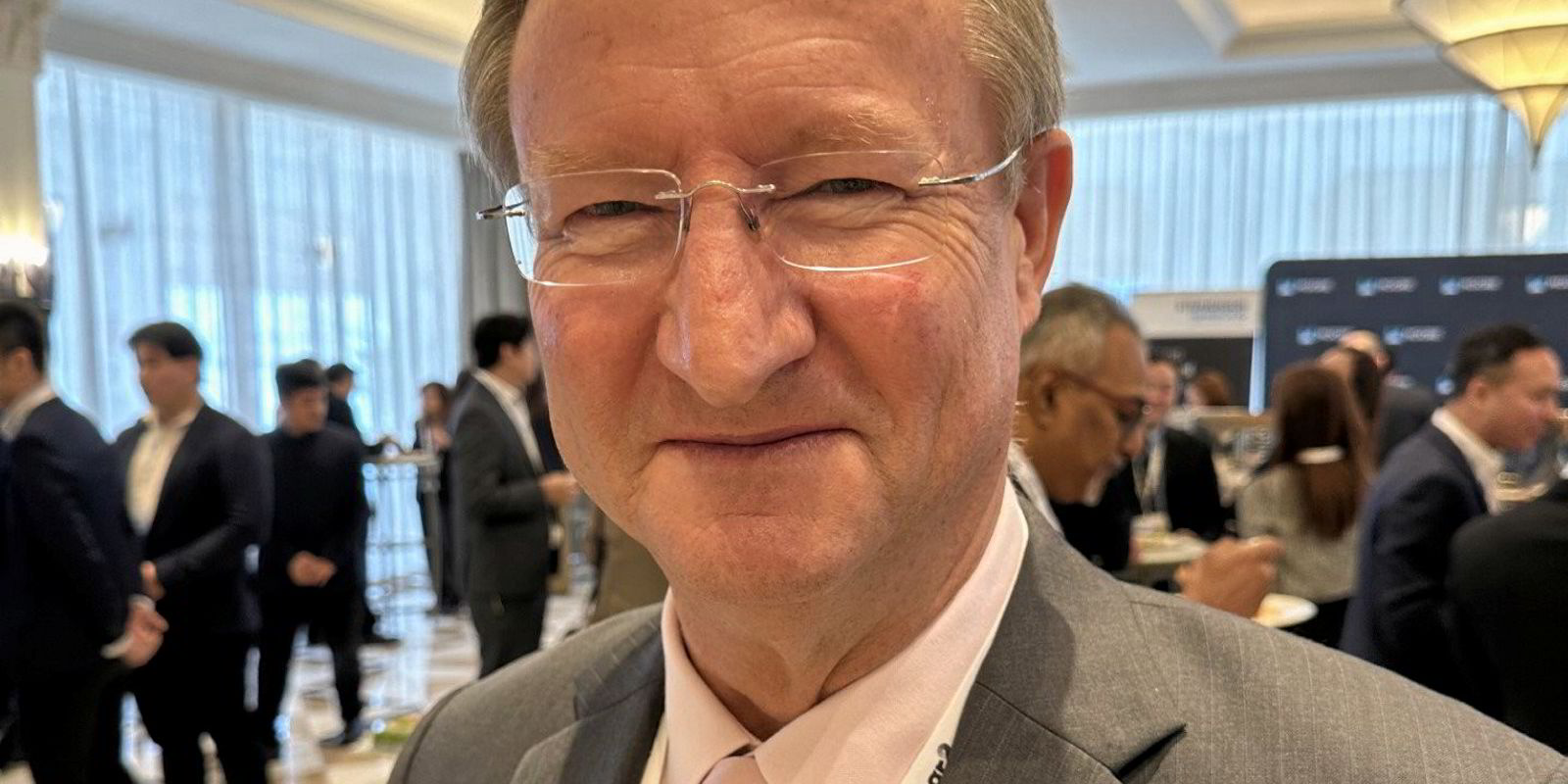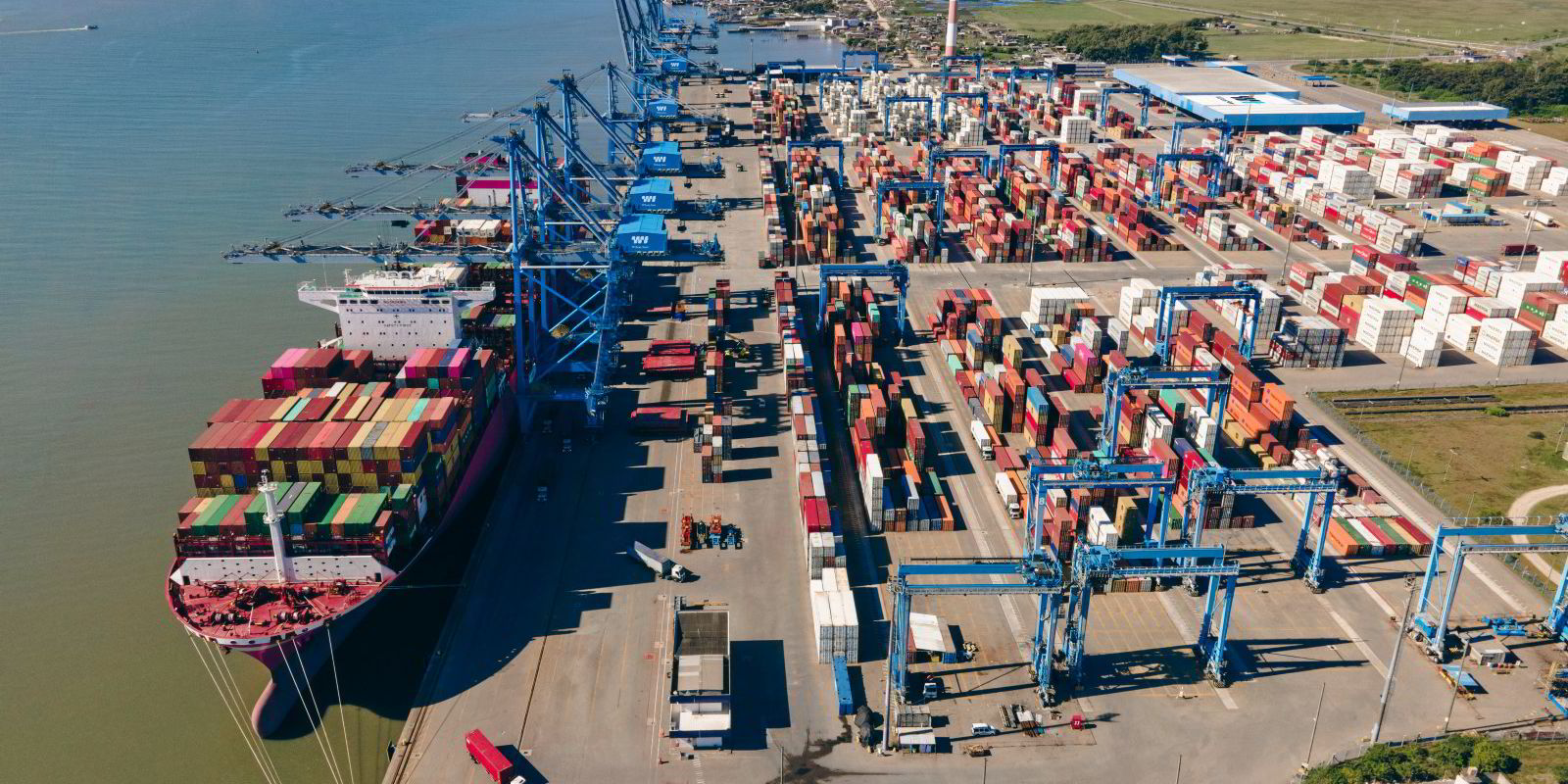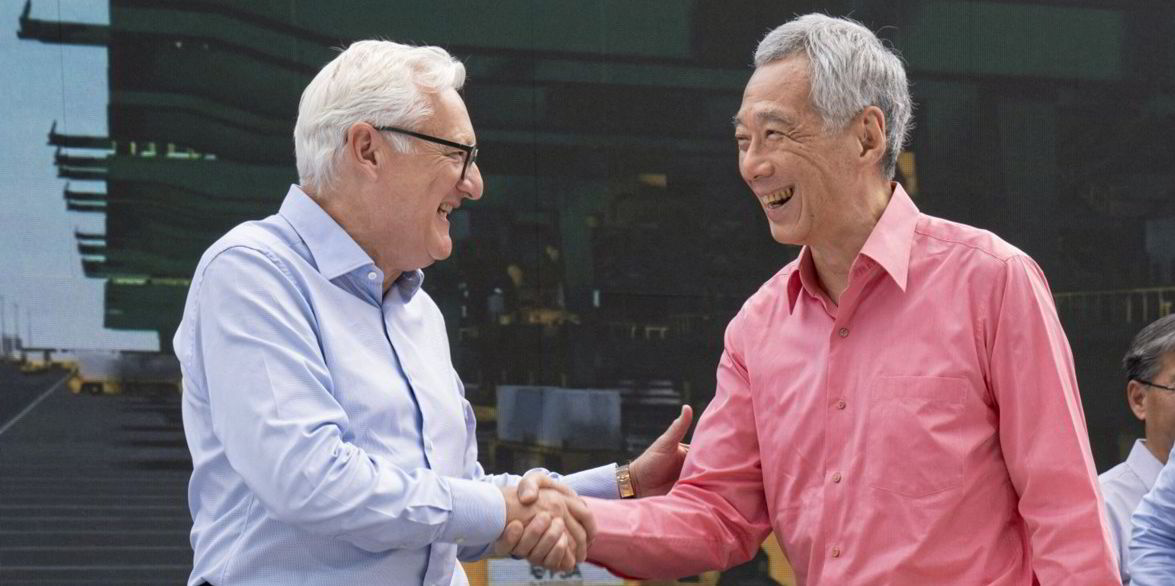Singapore’s Bengal Tiger Lines (BTL) is bringing 40 years of transshipment experience to South America’s River Plate with a new feeder service.
The veteran Asian common feeder operator believes the new service will “significantly improve” the efficiency of services provided to shippers in southern Brazil, Argentina and Uruguay.
“To date, a combination of port delays on the Brazilian coast and draught restrictions in the Plate are causing havoc to schedule integrity and space availability,” BTL told TradeWinds.
“Accordingly, such a reliable feeder service, using Rio Grande — one of the few Brazilian ports which has the capacity to operate a transshipment hub — will be a game-changer for the container shipping industry.”
Industry observers say the use of smaller feeder vessels to serve the Plate ports is a solution that allows large ships to serve deeper Brazilian ports such as Rio Grande.
This operational arrangement not only allows full utilisation of the vessels’ cargo capacity but also brings significant efficiency and cost savings to carriers and shippers.
BTL’s 1,700-teu Tiger Plata (built 2016) made its inaugural call in Buenos Aires at the TRP terminal on Monday and is now heading to Brazil, providing what BTL said will be a “reliable fixed export weekend schedule”.
Chief executive Bill Smart believes Singapore’s transshipment expertise can be shared in the Plate.
“We will offer faster through transits and guaranteed deliveries and fixed-day export shipment dates — thus adding value and reducing costly delays,” he said.
BTL intends to further develop Rio Grande as a hub with a second phase including connectivity from Rosario, Zarate and Tech Plata.
The company’s appointed local agents include Argentina’s Agencia Maritima Internacional, Uruguay’s AMS Maritima and Brazil’s Unimar Agency. It has also appointed an East Coast South America representative, Paolo Lafeber.
The new feeder service is part of a wider tie-up between Wilson Sons’ Rio Grande terminal, South Korean carrier HMM and BTL that promises to “revolutionise the container logistics landscape in South America”.
“The solution announced involves the integration of a feeder service, designed for the agile transfer of cargo between smaller ports and a hub terminal, with a direct and optimised route between Asia and South America,” Wilson Sons said.
It described the cooperation agreement as an “intelligent response to the structural constraints faced by neighbouring countries”.
“The reduced depth of the channels leading to the ports of Argentina and Uruguay limits the loading capacity of medium-sized vessels serving the east coast of South America, forcing them to make double calls along the Brazilian coast, at ports such as Santos, Rio de Janeiro, Parana and Santa Catarina, to lighten the load and allow navigation to the Buenos Aires and Montevideo terminals,” Wilson Sons said.
“The depth restriction also prevents the entry of the new generation of new panamax vessels, which are unable to dock at Argentine and Uruguayan facilities.
“This situation poses a major challenge to the region’s connectivity with the world’s main markets — Asia, Europe and the US.”
HMM’s new weekly service, the Far East-India-Latin America Service, featuring 12 vessels with a combined capacity of around 64,000 teu making regular calls at Rio Grande, was due to make its maiden stop at the port this week with the arrival of the 4,728-teu Hyundai Grace (built 2007).






